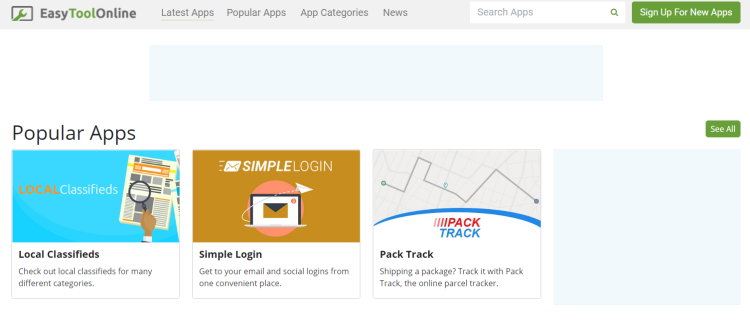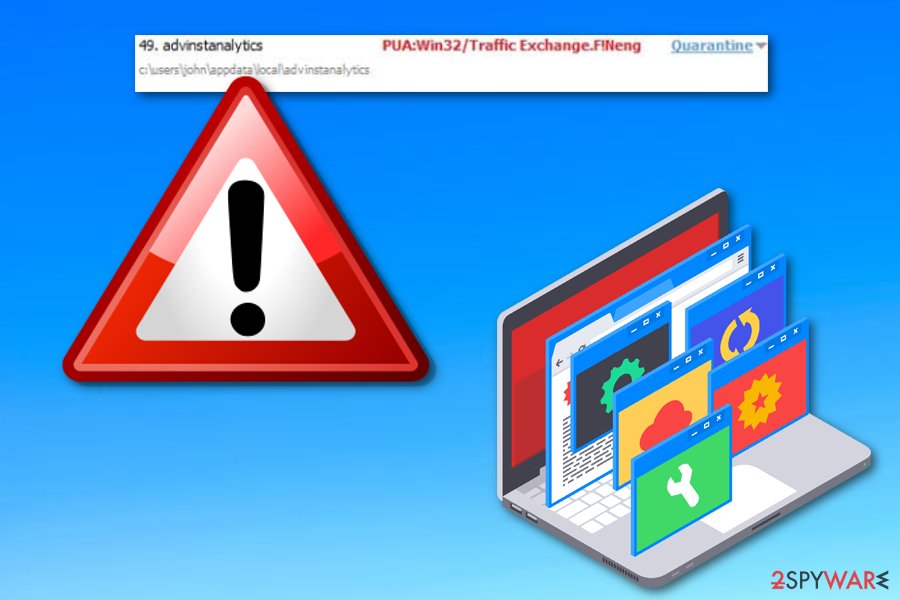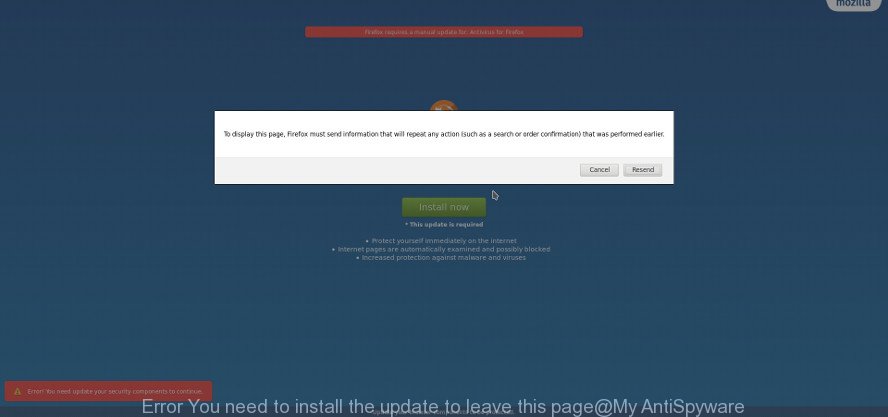

- #Microsoft edge extensions injecting ads into update#
- #Microsoft edge extensions injecting ads into series#
- #Microsoft edge extensions injecting ads into free#
With all this done, the malware is free to inject relevant ads into search results and get paid by affiliate websites. To maintain persistence, the malware creates a service named “Main Service”. More recent variants of Adrozek use random characters instead of ‘tag’ or ‘did’.

The ‘tag’ and ‘did’ entries contain the command-line arguments that it uses to launch the main payload.

It stores its configuration parameters at the registry key HKEY_LOCAL_MACHINE\SOFTWARE\Wow6432Node\. In addition to modifying browser setting and components, Adrozek also changes several systems settings to have even more control of the compromised device. In order to ensure persistence, Adrozek does the following, as described by Microsoft: The malware is then free to modify security settings without the user being made aware and even turns off automatic updates. Adrozek bypasses this by modifying the function that does the integrity check on these files, nullifying it altogether. For those unaware, the Preferences and Secure Preferences files are used for security settings by browsers and any unauthorized attempts to this are blocked using integrity checks. Apart from requesting these scripts which inject ads, it also sends information about the infected device to the server.Īnother portion of the attack chain includes modifying browser DLLs across all browsers, turning off some important security controls. While the attack pattern on each browser is different, the aim is the same, that is, to use the IDs of reliable extensions and behave as if they are legitimate.Īdrozek installs malware on these extensions, which then procure additional malicious scripts by sending requests to the attacker's server. This involves making changes to the browser extensions, such as the default "Chrome Media Router" extension in Chrome's case. This second installer is then responsible for dropping the main payload under various file names in the Program Files folder.Īfter Adrozek is installed, it starts making modifications to browser components. The Redmond tech giant has described Adrozek's attack chain and methodology as follows:Īs can be seen in the diagram above, the installer from the domain puts a second. Furthermore, the domain infrastructure is very dynamic with some domains being shut down within days with others staying up for months. Using polymorphism, these spread unique malware samples which are difficult to detect. Adrozek goes one step further and patches the function that launches the integrity check.Microsoft has highlighted that Adrozek is distributed via drive-by downloads from 159 domains hosting hundreds of thousands of unique URLs.
#Microsoft edge extensions injecting ads into update#
In the past, browser modifiers calculated the hashes like browsers do and update the Secure Preferences accordingly. In simpler terms, it can turn of security controls on the browser.Īccording to a Microsoft researcher, “Despite targeting different extensions on each browser, the malware adds the same malicious scripts to these extensions. These ads can then be found on top of other legitimate ads from the search engine and is claimed to also modify DLL per target browser. This changes the browser settings to insert ads into webpages, where one wouldn’t otherwise find them.
#Microsoft edge extensions injecting ads into series#
Editor’s Pick: Samsung Galaxy S21 series new leak reveals names of accessories, new 30W fast chargerįurthermore, the malware achieves this by also silently adding on other malicious browser extensions as well. The malware’s primary aim is to lead users to affiliated websites and even serve them ads by injecting them into search results. This in turn hosted an average of over 15,300 distinct, polymorphic malware samples. The tech giant even tracked 159 unique domains, each of which hosted an average of 17,300 unique URLs. The attack has affected various browsers and is designed to inject ads into search results and add malicious browser extensions as well.Īccording Gadgets360report, a Microsoft blog post stated that from May to September 2020, the company recorded hundreds of thousands of encounters of the Adrozek malware across the globe. Google Chrome, Mozilla Firefox, Microsoft Edge, and other browsers are suffering from an ongoing malware campaign.


 0 kommentar(er)
0 kommentar(er)
